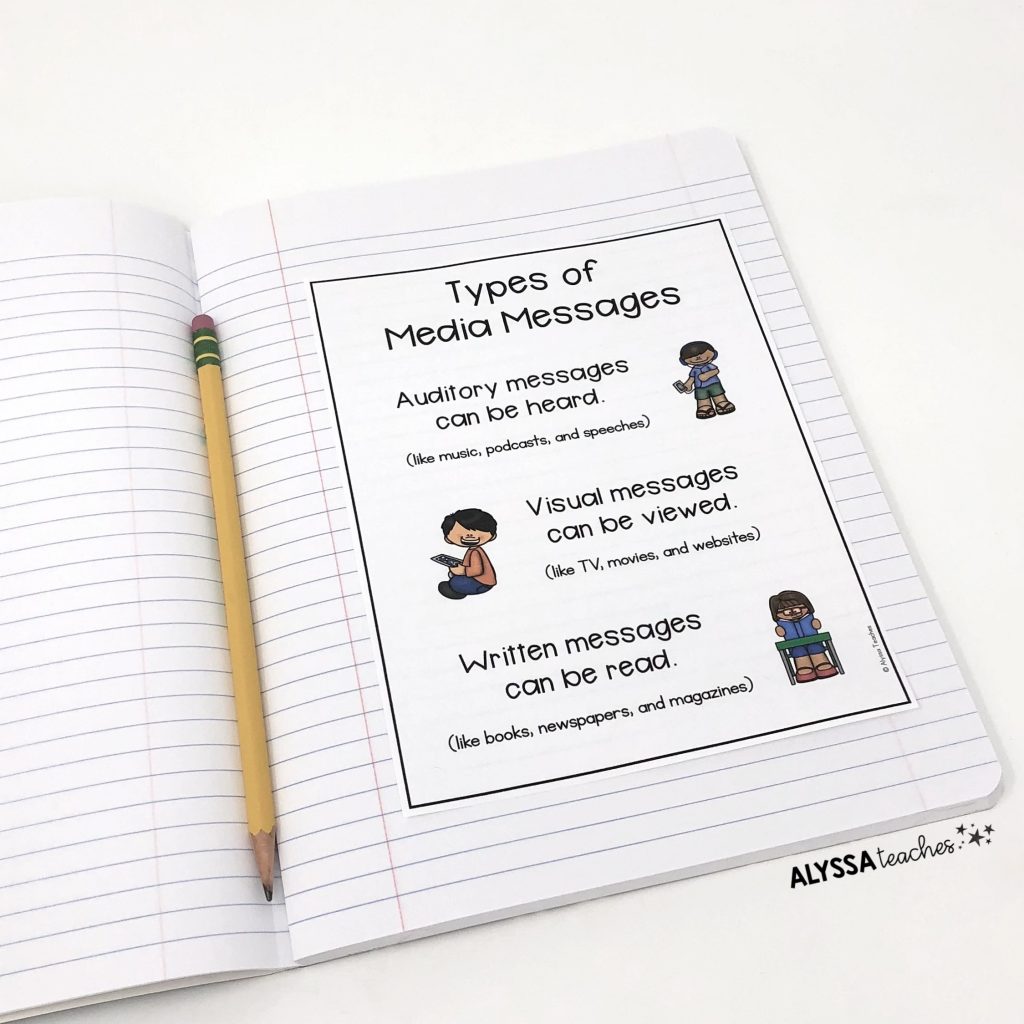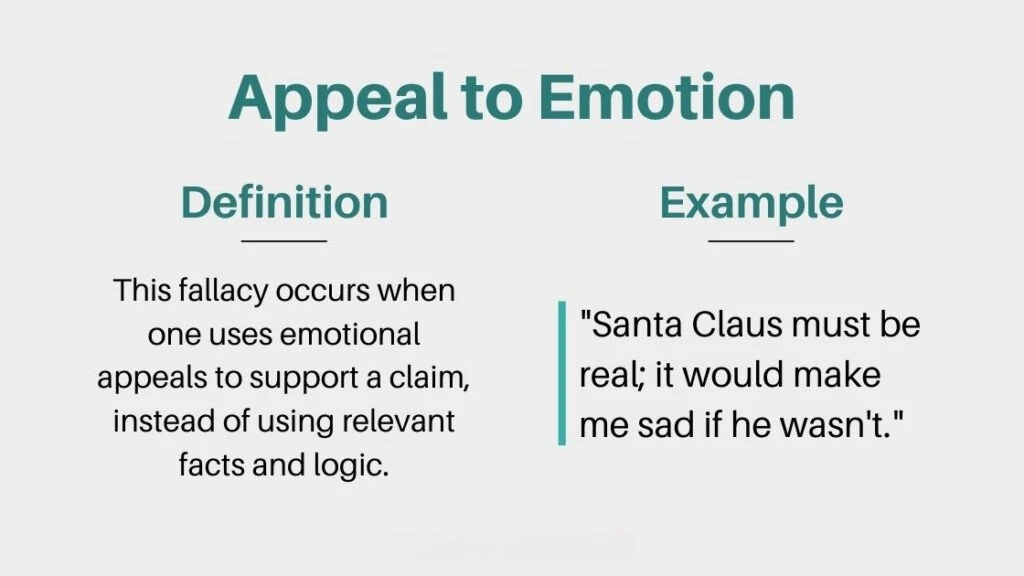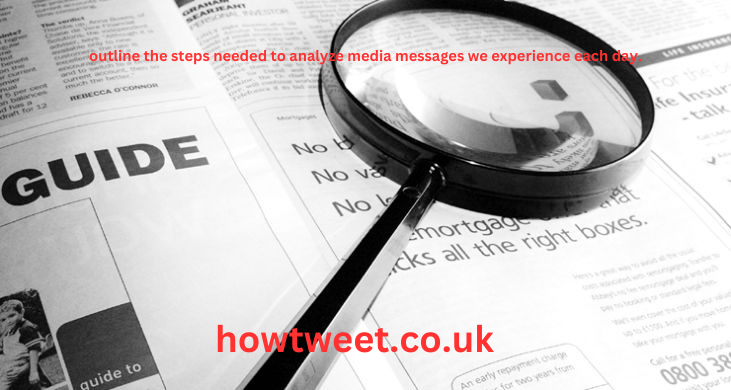In today’s digital age, Steps Needed to Analyze Media Messages We Experience Each Day media messages surround us constantly, influencing our perceptions, decisions, and understanding of the world. It is crucial to develop the skill of media analysis to navigate this sea of information effectively. This article explores how to analyze media messages step by step, providing you with the tools to become a more informed and media-literate individual.
Types of Media Messages
Media messages can be categorized into various types, each with its own characteristics and implications:
- Social Media: Platforms like Facebook, Twitter, and Instagram where individuals and organizations share content.
- News Media: Includes newspapers, online news sites, and television broadcasts that inform the public about current events.
- Advertising: Messages intended to persuade consumers to purchase products or services.
Understanding these different types of media messages is essential because each requires a distinct approach to analysis.

Step 1: Identify the Source
Recognizing the Medium
The first step in analyzing a media message is to identify its source. Consider whether the message is coming from a reputable news outlet, a social media platform, or an advertising agency.
Assessing Credibility
Once you have identified the medium, assess the credibility of the source. Look into the reputation of the platform or organization. Ask yourself: Is the source known for accurate reporting? Are there biases associated with this source?
Step 2: Analyze the Message
Deconstructing the Content
To understand the message fully, deconstruct its content. Break it down into smaller components such as words, images, and symbols. Analyze how these elements work together to convey meaning.
Recognizing Bias
Be aware of any bias present in the message. Bias can be political, cultural, or even corporate. Look for language choices or framing that might influence your perception.
Step 3: Consider the Context
Cultural and Societal Context
Consider the cultural and societal context in which the message is presented. Different cultures may interpret messages differently, so understanding this context is crucial for accurate analysis.
Current Events Impact
Take into account how current events might impact the message. Is the message related to ongoing events? Does it reflect the latest developments in society or politics?
Step 4: Evaluate the Tone and Emotion
Understanding Emotional Appeal
Analyze the emotional tone of the message. Is it designed to evoke fear, joy, anger, or empathy? Understanding the emotional appeal can help you assess its impact on the audience.

Identifying Persuasive Techniques
Look for persuasive techniques used in the message, such as testimonials, statistics, or emotional triggers. These techniques are intended to influence your opinion or behavior.
Step 5: Interpret the Meaning
Identifying the Main Message
Determine the primary message the content is trying to convey. What is the main idea or argument being presented?
Assessing Intended Impact
Consider how the message is intended to impact the audience. Is it meant to inform, persuade, entertain, or provoke thought? Understanding the intended impact can help you evaluate its effectiveness.
Step 6: Compare with Other Sources
Cross-referencing Information
Compare the message with information from other sources. Are there conflicting reports or inconsistencies? Cross-referencing can help you determine the accuracy and reliability of the message.
Checking for Consistency
Ensure the message is consistent across various platforms and sources. Inconsistencies may indicate misinformation or manipulation.
Step 7: Formulate Your Opinion
Reflecting on Personal Bias
Reflect on your own biases and how they might influence your interpretation of the message. Consider how your personal experiences and beliefs shape your understanding.
Considering the Broader Implications
Think about the broader implications of the message on society, politics, or culture. How might this message impact public opinion or policy decisions?

Step 8: Share and Discuss
Engaging in Conversations
Share your analysis with others and engage in discussions about the message. Encourage critical thinking and consider different viewpoints.
Encouraging Critical Thinking
Encourage others to think critically about the media messages they encounter. Discuss how media analysis can empower individuals to make informed decisions.
Case Study: Steps Needed to Analyze Media Messages We Experience Each Day
In order to illustrate the practical application of media analysis, let’s consider a case study that demonstrates the steps needed to analyze media messages encountered in daily life.
Case Study Scenario:
Media Type: Social Media (Facebook)
Message: A viral post claiming that a new miracle weight-loss supplement can help users lose 10 pounds in a week without exercise.
Step 1: Identify the Source
Recognizing the Medium: The source is Facebook, a popular social media platform known for user-generated content.
Assessing Credibility: The post is shared by a Facebook user with no professional background in nutrition or healthcare. The post lacks references to scientific studies or reputable sources.
Step 2: Analyze the Message
Deconstructing the Content: The post uses bold claims and testimonials from anonymous users who have allegedly tried the supplement.
Recognizing Bias: The post may be biased because it promotes a product without mentioning potential risks or side effects.
Step 3: Consider the Context
Cultural and Societal Context: In a society obsessed with quick fixes for weight loss, such claims are popular and can easily go viral.
Current Events Impact: There have been recent discussions in the media about misleading health claims on social media platforms.
Step 4: Evaluate the Tone and Emotion
Understanding Emotional Appeal: The post appeals to the emotions of individuals struggling with weight loss by offering a simple solution.
Identifying Persuasive Techniques: The post uses before-and-after photos and dramatic weight loss claims to persuade users to purchase the product.
Step 5: Interpret the Meaning
Identifying the Main Message: The main message is that the supplement is a quick and easy way to lose weight.
Assessing Intended Impact: The post is intended to persuade users to purchase the supplement without critical evaluation.
Step 6: Compare with Other Sources
Cross-referencing Information: Searching for reviews or articles on reputable health websites reveals that there is no scientific evidence supporting the effectiveness of the supplement.
Checking for Consistency: The claims made in the post are inconsistent with information found on reputable health websites.
Step 7: Formulate Your Opinion
Reflecting on Personal Bias: Consider your own biases and skepticism toward weight-loss supplements.
Considering the Broader Implications: Misleading health claims can harm individuals’ health and perpetuate misinformation.
Step 8: Share and Discuss
Engaging in Conversations: Share the post with friends and discuss its validity and potential risks.
Encouraging Critical Thinking: Encourage friends to think critically about health claims on social media and to seek advice from healthcare professionals.

Conclusion
Steps Needed to Analyze Media Messages We Experience Each Day Analyzing media messages is crucial in today’s digital age to avoid misinformation and make informed decisions. By following these steps, you can become more media literate and better equipped to navigate the complexities of modern media.
This case study demonstrates how to apply the steps of media analysis to a specific media message encountered in daily life. By critically evaluating the source, content, context, tone, and impact of media messages, individuals can make informed decisions and avoid falling prey to misinformation.
FAQs
- What is media analysis? Media analysis is the process of examining media content to understand its meaning, intent, and impact on the audience.
- Why is it important to analyze media messages? Analyzing media messages helps individuals avoid misinformation, make informed decisions, and understand different perspectives.
- How can I identify bias in media? Look for language that evokes emotion, one-sided reporting, or lack of diversity in viewpoints.
- What are the consequences of not analyzing media messages? Failing to analyze media messages can lead to misunderstanding, spreading misinformation, and making uninformed decisions.
- How can I become more media literate? Practice critical thinking, verify sources, and seek diverse viewpoints to become more media literate.
